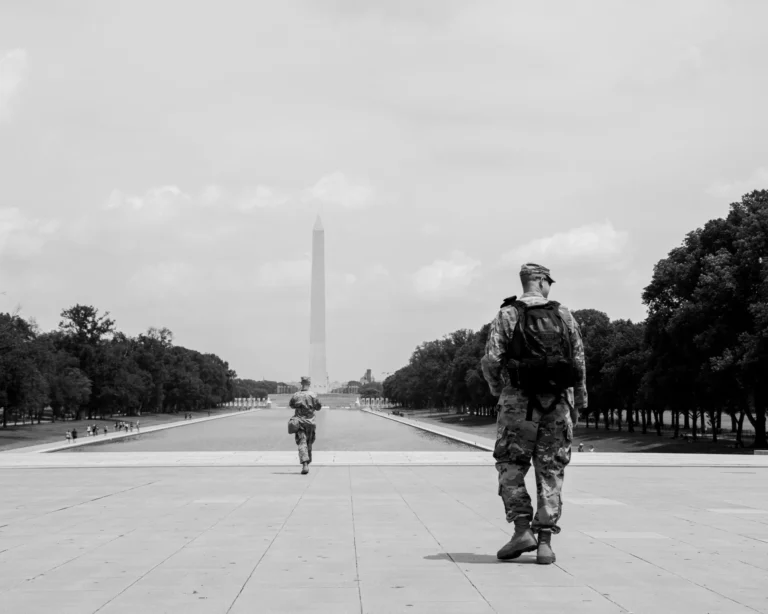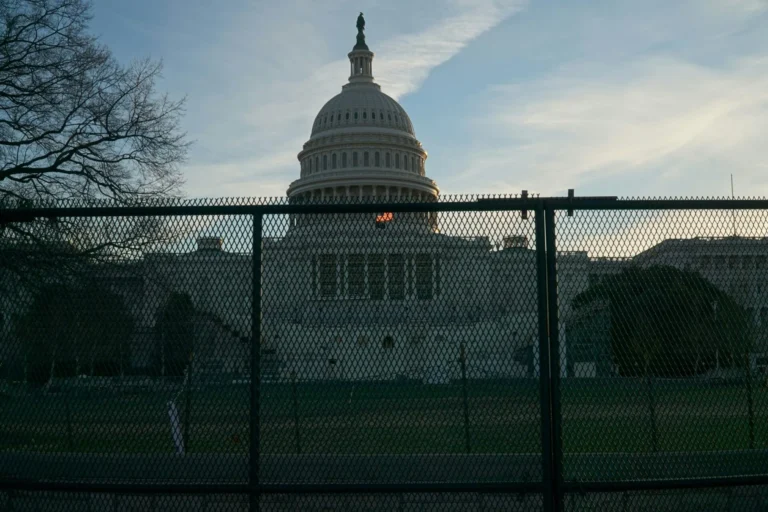Why did every voting Republican House member wish to avoid the consideration of this bill? House Of Representatives Debates Mine Safety BillBy Cliff Montgomery – Jan. 16th, 2008A House of Representatives action yesterday sponsored by Rep. Louise Slaughter (D-NY) has ensured that Congress will consider a “bill (H.R. 2768) to establish improved mandatory standards to protect miners during emergencies.”The House voted again today on the resolution to ensure a clear-cut consideration of the miner safety bill. Representatives passed the measure for the entire House to discuss the bill by a final vote of 222-191, with 17 representatives abstaining.Here’s an interesting fact: All Democrats but one voted for the full House to discuss the measure, whereas 100% of Republicans–every last member of the GOP who voted–apparently wished not to discuss the bill at all.The miner safety bill is being debated on the House floor as of this writing, according to the House of Representatives’ website.Below is printing the Congressional Research Service summary of the Supplemental Mine Improvement and New Emergency Response Act of 2007 (S-MINER Act) now under consideration.We’ll leave it to our readers to decide why every voting Republican House member wished to avoid the consideration of a bill intended to ensure better mine safety for American workers.“Supplemental Mine Improvement and New Emergency Response Act of 2007 or the S-MINER Act – Amends the Federal Mine Safety and Health Act of 1977 (Mine Act) to require:(1) emergency response plans to incorporate new technology;(2) the Secretary of Labor to require the installation of rescue chambers in underground coal mines; and(3) accident response plans to provide for the maintenance of refuges.”Amends the Mine Improvement and New Emergency Response Act of 2006 to repeal provisions concerning standards relating to the sealing of abandoned areas in mines and sets forth provisions concerning:(1) regulating mine seals;(2) regulating the survivability of mine ventilation controls;(3) directing the National Institute for Occupational Safety and Health (NIOSH) to determine whether changes in rock dust requirements are needed;(4) publishing regulations on flame resistance requirements for conveyor belts in use in mines;(5) prohibiting belt haulage entries from being used to ventilate active working places;(6) requiring mine operators to implement communication programs at their facilities and to install atmospheric monitoring systems;(7) requiring miners who may be working alone to be equipped with multi-gas detectors;(8) requiring mine operators to use administrative action to protect miners from lightning;(9) requiring the Secretary to establish a self-contained self-rescuers inspection program and an advisory committee on regulations applicable to underground metal and non-metal mines; and(10) requiring the NIOSH to give priority in its research to technologies that could help miners in an emergency.”Supplements the Secretary’s enforcement authority, including establishing a Master Inspector program to provide incentives for employees to serve as mine safety and health inspectors.”Establishes, within the Office of the Inspector General of the Department of Labor, the position of Miner Ombudsman, whose duties shall include ensuring that the rights of miners are upheld. Provides for a fine for a pattern of violations of health or safety standards.”Requires the Secretary to establish:(1) an advisory committee to make recommendations on whether the Mine Act should provide for federal licensing of mines and mine personnel; and(2) a central communications emergency call center within the Mine Safety and Health Administration.”Requires:(1) a mine operator to notify the Secretary of specified types of accidents and to take measures to prevent the destruction of evidence; and(2) regulations concerning mine rescue teams to provide for uniform credentials and coordination with local emergency response personnel.”Directs the Secretary to:(1) require mine operators to have an ambulance within a specified area;(2) review and revise the training and availability requirements for medical emergency technicians; and(3) contract with the Chemical Safety and Hazard Investigation Board to conduct an independent investigation of an accident upon the request of miners’ representatives or families.”Sets forth concentration and exposure limits and sampling and respiratory equipment requirements regarding respirable dust and respirable silica dust in the mine atmosphere.”Like what you’re reading so far? Then why not order a full year (52 issues) of thee-newsletter for only $15? A major article covering an story not being told in the Corporate Press will be delivered to your email every Monday morning for a full year, for less than 30 cents an issue. Order Now!

Disobeying Illegal Orders Is A Military Duty, Not A Crime
The truth is that soldiers have a legal duty to refuse any order that clearly breaks the law, according to the Uniform Code of Military Justice.




